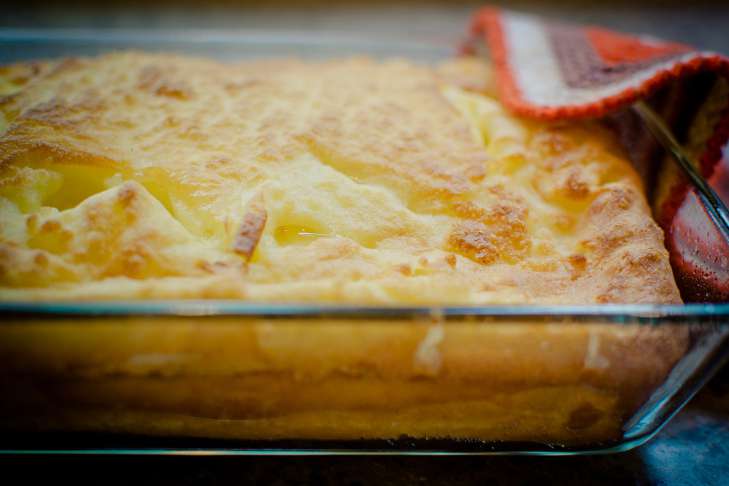Polenta is not a refined grain like semolina. This means that it contains more substances valuable to the body.
Among them are B vitamins, beneficial for the nervous system and metabolism, carotenoids, which improve vision, and antioxidants, which prevent aging of the body.
How does polenta taste
Basic recipe for polenta and hominy.
Polenta and hominy taste like millet porridge.
This side dish acquires its piquancy and unusual taste when accompanied by cheeses, sauces or other ingredients with which it is served.

Making the right polenta or hominy is a different story.
Why is it useful
It is important that polenta does not contain gluten and can be used in any diet.
In addition to protein and carbohydrates, it contains many microelements and vitamins: iron, silicon, magnesium, potassium, selenium, B vitamins, provitamin A, vitamins PP and E, as well as valuable dietary fiber.
What is the difference between polenta and corn grits
Polenta is ordinary corn grits or porridge prepared in a more complex way.
At its core, polenta is the Italian version of hominy, which is very popular in the Caucasus, Moldova and Romania.
Corn porridge will surprise few people, but serving a dish called polenta can cause a real sensation.
Even well-cooked bright yellow cereals retain a hard shell that “clings” to all harmful substances in the body.
Thanks to silicon, the functioning of the digestive tract is also normalized: constipation disappears and food processing in the stomach improves.









